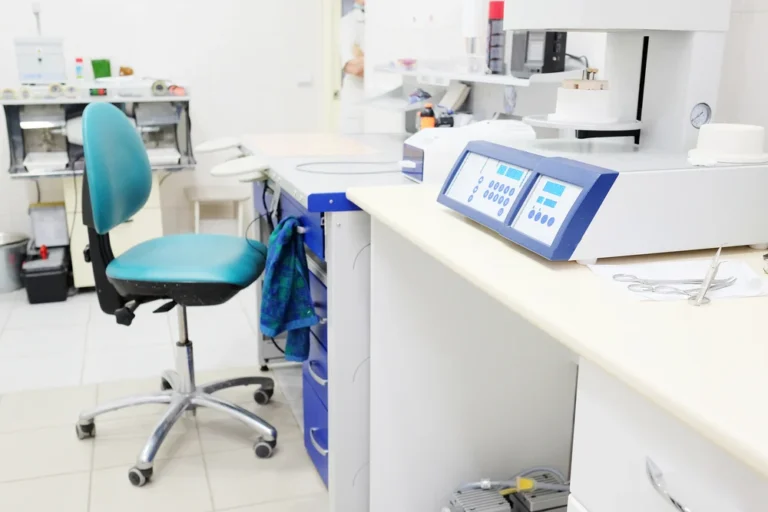Clean bench testing is an essential practice for businesses operating in industries where contamination control is critical, such as pharmaceuticals, biotechnology, and electronics manufacturing. These specialized units create a sterile workspace by using HEPA filters to remove harmful particles from the air. However, maintaining their effectiveness requires routine performance evaluations to ensure continued compliance with stringent industry standards like current Good Manufacturing Practices (cGMPs). Neglecting clean bench testing can lead to production failures, costly recalls, and damage to a company’s reputation, making it a business priority.
One of the most crucial aspects of clean bench maintenance is ensuring the HEPA filter’s integrity. Over time, filters can develop small leaks or defects that allow contaminants to enter the work area, compromising product safety. Conducting regular integrity tests helps identify and fix these issues before they escalate into larger problems. Equally important is verifying that airflow within the clean bench remains unidirectional and consistent. Airflow velocity tests ensure that the unit effectively prevents cross-contamination, allowing businesses to meet strict production standards while minimizing waste and product loss.
Smoke pattern testing is another key method used in clean bench evaluations. This test uses visible fog to detect any disruptions or turbulence in the airflow, which can result from obstructive equipment placement or internal wear. Identifying such problems early allows businesses to maintain a stable and controlled environment, boosting operational efficiency and reducing costly downtime. In environments where precision and cleanliness are paramount, even minor airflow inconsistencies can disrupt production schedules and delay time-to-market for critical products.
Optional tests like non-viable particle counting provide further assurance by monitoring the air quality inside the work zone. This test, aligned with ISO 14644-1 and EC Annex 1 standards, ensures that businesses meet international regulatory requirements, which can be essential for securing contracts or expanding into new markets. Additional evaluations, such as vibration and sound testing, confirm that the unit functions smoothly without generating excessive noise or instability, fostering a safer and more productive work environment. Proper lighting checks also enhance visibility, supporting accurate inspections and quality control procedures.
Including clean bench testing in a company’s regular maintenance schedule helps safeguard product quality, ensuring businesses stay ahead in competitive markets. An often-overlooked but equally important aspect of facility management is compressed gas air system testing, which ensures that the pressurized air used in various processes remains clean and free from contaminants. By integrating both practices into standard operating procedures, businesses can reduce the likelihood of unexpected shutdowns while staying compliant with industry regulations.
Investing in routine clean bench testing is not just about meeting regulatory expectations—it’s about securing long-term operational success. Maintaining a clean production environment leads to higher product yields, fewer rejected batches, and enhanced customer satisfaction. In a world where even microscopic particles can disrupt production and damage reputations, businesses that prioritize cleanliness and compliance position themselves for sustainable growth and success. By taking proactive steps to ensure their clean benches perform at peak levels, companies can reduce risks, boost profitability, and maintain a strong foothold in their respective industries.


Comments are closed.